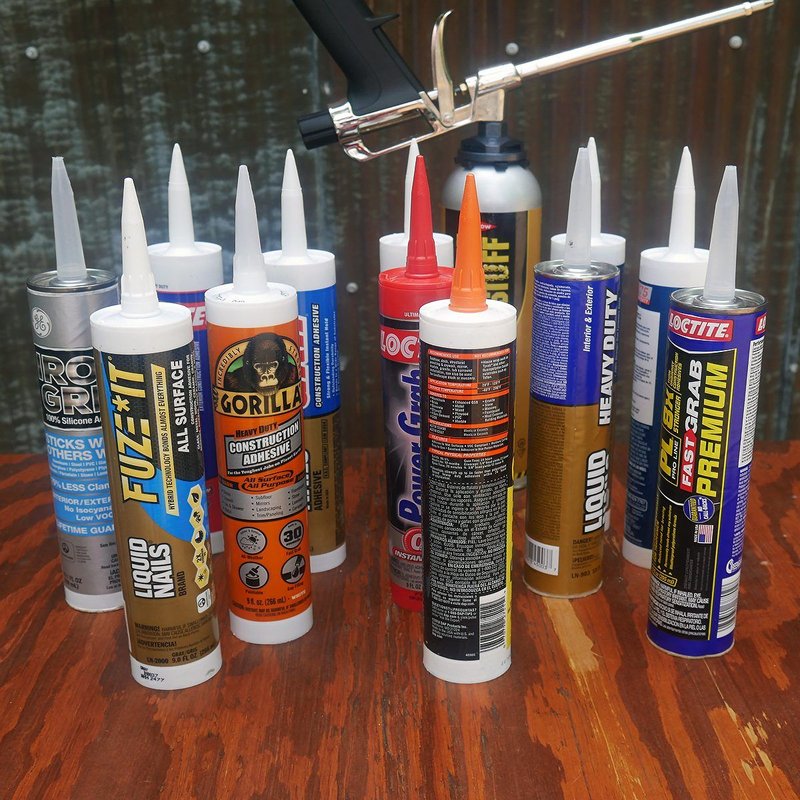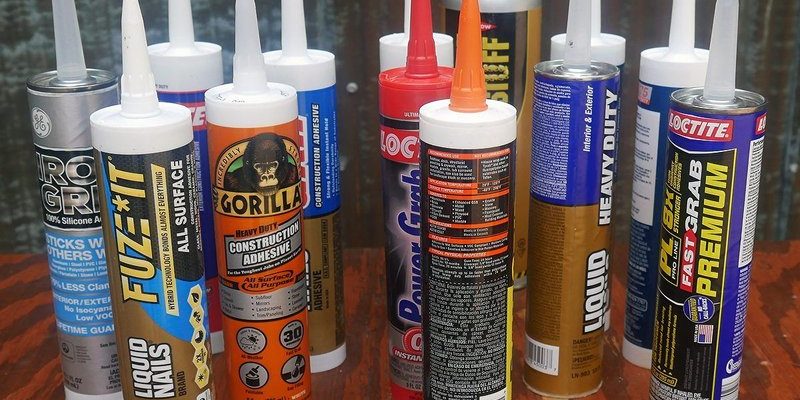
In this guide, we’ll explore the best adhesives for fixing minor door hardware component breaks. From super glues that work quickly to epoxies that create a strong bond, we’ve got you covered. Whether you’re a DIY novice or someone who just wants to tackle small home repairs efficiently, understanding these adhesives can make all the difference in keeping your doors functional.
Understanding Different Types of Adhesives
When choosing an adhesive, it’s essential to know the different types available. Each serves specific purposes, and picking the right one is key to a successful repair. For instance, cyanoacrylate (often known as super glue) is fantastic for quick fixes on smooth surfaces. It dries quickly and creates a strong bond, making it perfect for lightweight hardware components like door handles or knobs.
On the other hand, epoxies come into play when you need something a bit more heavy-duty. These two-part adhesives include a resin and a hardener that, when mixed, create a bond stronger than many materials themselves. They’re ideal for fixing broken hinges or other components that need to withstand stress.
Key Factors to Consider
Before rushing out to buy glue, consider a few key factors:
- Material: What material is the hardware made of? Metal, wood, plastic, or a combination? Different adhesives work better with certain materials.
- Strength: How much strength do you need? A simple knob might require less than a hinge. Knowing how much strain the repair will face helps in choosing the right product.
- Drying Time: Do you need a quick fix, or can you wait for a stronger bond? Super glues dry fast, but epoxies may require more time.
Top Adhesives for Door Hardware Repairs
Now that we’ve laid the groundwork, let’s dive into some specific products you might consider. Each of these options caters to various needs, so you’ll likely find one that fits your situation.
1. Gorilla Super Glue Gel
This adhesive is a favorite for minor repairs. Gorilla Super Glue Gel offers a precision tip that allows for easy application, perfect for small hardware components. It sets in about 10 to 30 seconds, making it great for fast fixes.
One thing I appreciate about this glue is its resistance to moisture and temperature changes. If you live in an area with varying weather conditions, having a glue that can handle the humidity or heat can help ensure that your repair lasts. Just remember to clamp the pieces together while the glue cures for the most secure bond.
2. Loctite Epoxy Instant Mix
If you need something stronger, consider Loctite Epoxy Instant Mix. This adhesive provides a permanent bond and works particularly well with metal and wood. It comes in a convenient dual-syringe setup, so you get the right mixture every time without the hassle of measuring out resin and hardener separately.
This epoxy can handle significant stress, making it ideal for components that see a lot of use. I once used it to fix a broken hinge on an outdoor gate, and it held firm through storms and sun alike. Just keep in mind that it takes about 24 hours to cure fully, so plan your repairs accordingly.
3. E6000 Craft Adhesive
E6000 Craft Adhesive is another solid choice, especially for flexible applications. It’s ideal for materials that need some give, like plastic or rubber parts. This industrial-strength adhesive bonds well with a variety of surfaces, and it remains waterproof once cured.
What’s unique about E6000 is its versatility. You can use it not only on door hardware but also for crafts and other home repairs. If you’re someone who likes to dabble in various DIY projects, having a tube of this on hand is a smart move.
4. JB Weld ClearWeld Epoxy
If you need something tough, JB Weld ClearWeld might be your go-to. This epoxy sets in 5 minutes, allowing for quick fixes while still providing a strong bond once fully cured. It works well on metal, wood, and some plastics.
The appeal of JB Weld lies in its durability. It can handle high temperatures and can even be sanded or painted after curing. I once used it to fix a broken metal latch, and it remained sturdy for years, even through various weather conditions.
5. MAPEI Ultrabond Urethane Adhesive
Last but not least, we have MAPEI Ultrabond Urethane Adhesive. This is a fantastic option for flooring or heavy-duty installations. While it might not be your first choice for minor door hardware, if you’re dealing with larger pieces or components that bear significant weight, this adhesive is worth considering.
Its high-performance formula ensures strong initial grab and excellent adhesion to a variety of materials, which is great if you’re fixing something more complex involving door frames or locks.
How to Apply Adhesives Correctly
Applying adhesive sounds simple, but a few tips can ensure your repair holds strong.
- Clean the Surface: Make sure both surfaces are clean and dry. Dirt or moisture can weaken the bond.
- Apply Evenly: Use the appropriate amount of adhesive. Too much can ooze out, while too little may not hold effectively.
- Clamp if Necessary: For stronger bonds, clamping the pieces together can help. This ensures they stay in place while drying.
You might be wondering, how do you know when it’s fully cured? Each adhesive will have specific instructions, so always check the package for drying times.
Common Mistakes to Avoid
Even seasoned DIYers can make mistakes when it comes to applying adhesive. Here are a few pitfalls to watch out for:
- Ignoring Instructions: Always read the manufacturer’s directions. Each adhesive may have unique requirements.
- Using the Wrong Type: Don’t use epoxy on flexible materials or super glue on load-bearing parts. Each adhesive serves specific purposes.
- Rushing the Process: Let the adhesive cure fully before using the hardware. Patience pays off!
Fixing minor door hardware breaks doesn’t have to be a daunting task. By choosing the right adhesive, you can tackle these repairs with confidence. Whether you grab a tube of Gorilla Super Glue Gel for a quick fix or mix up some Loctite Epoxy for a stronger bond, understanding your options is key to ensuring that everything stays functional and secure.
Remember, every minor repair adds to the bigger picture of home maintenance. With just a little time and the right adhesive, you can keep your doors operating smoothly and efficiently, making your space welcoming and safe. Happy repairing!
